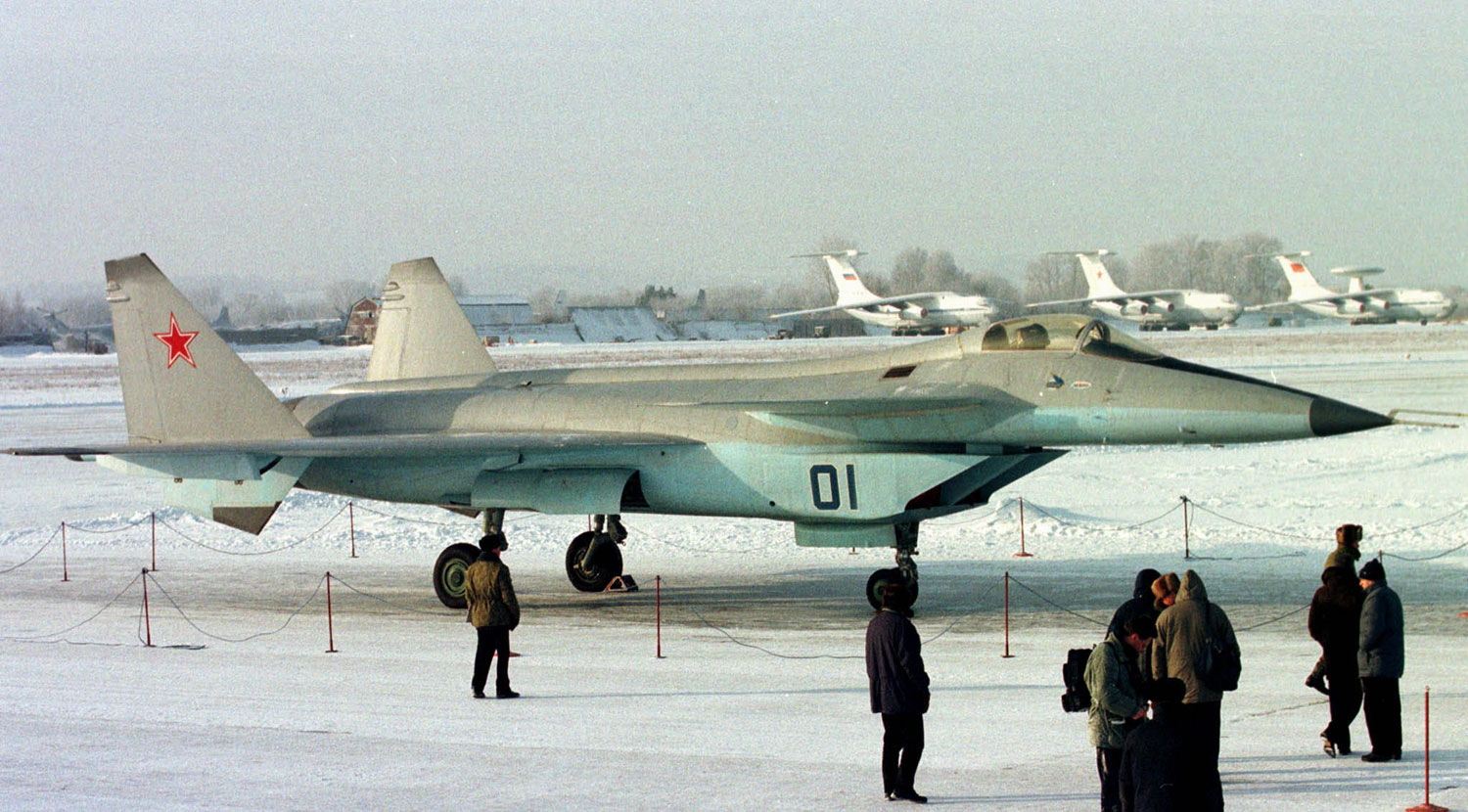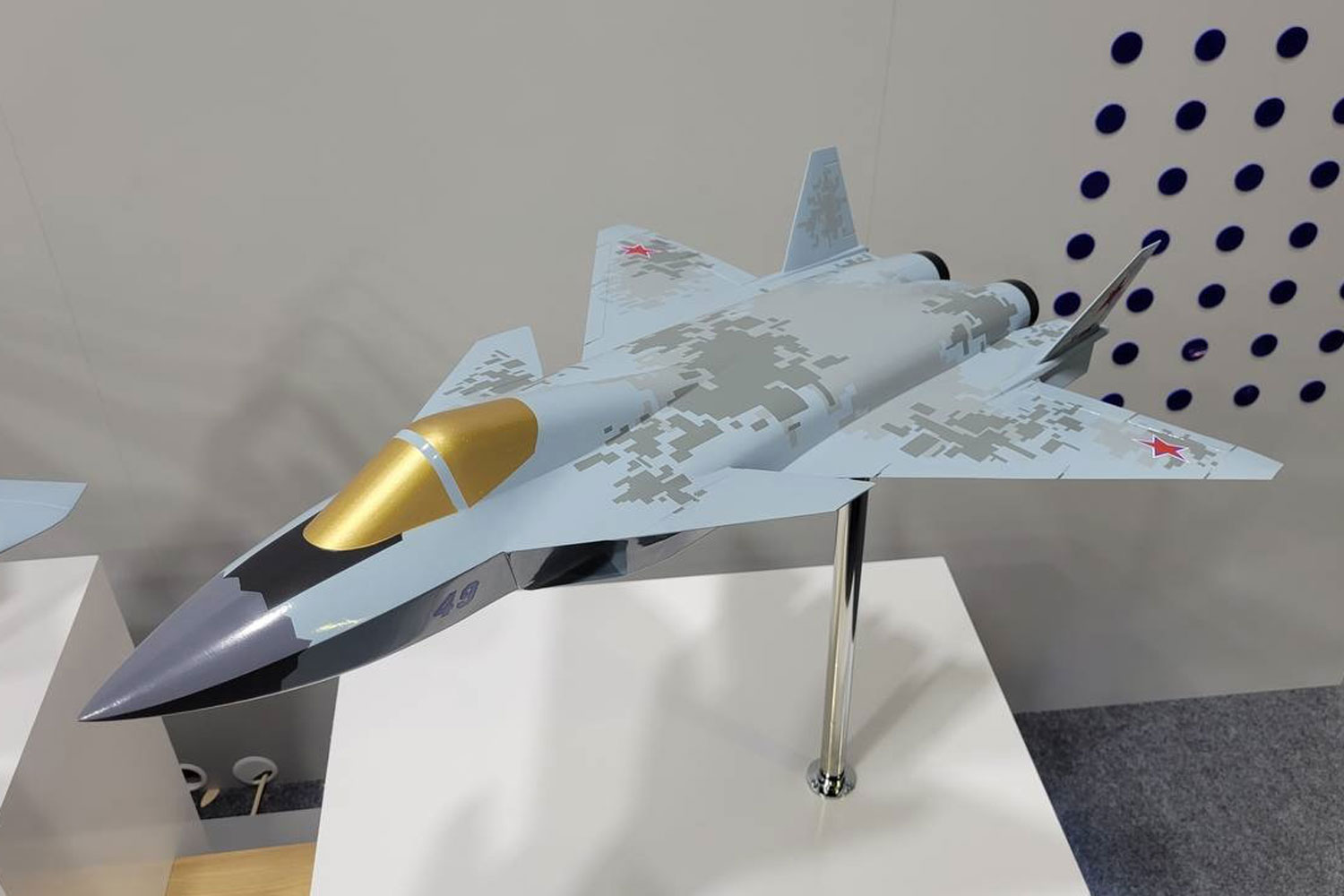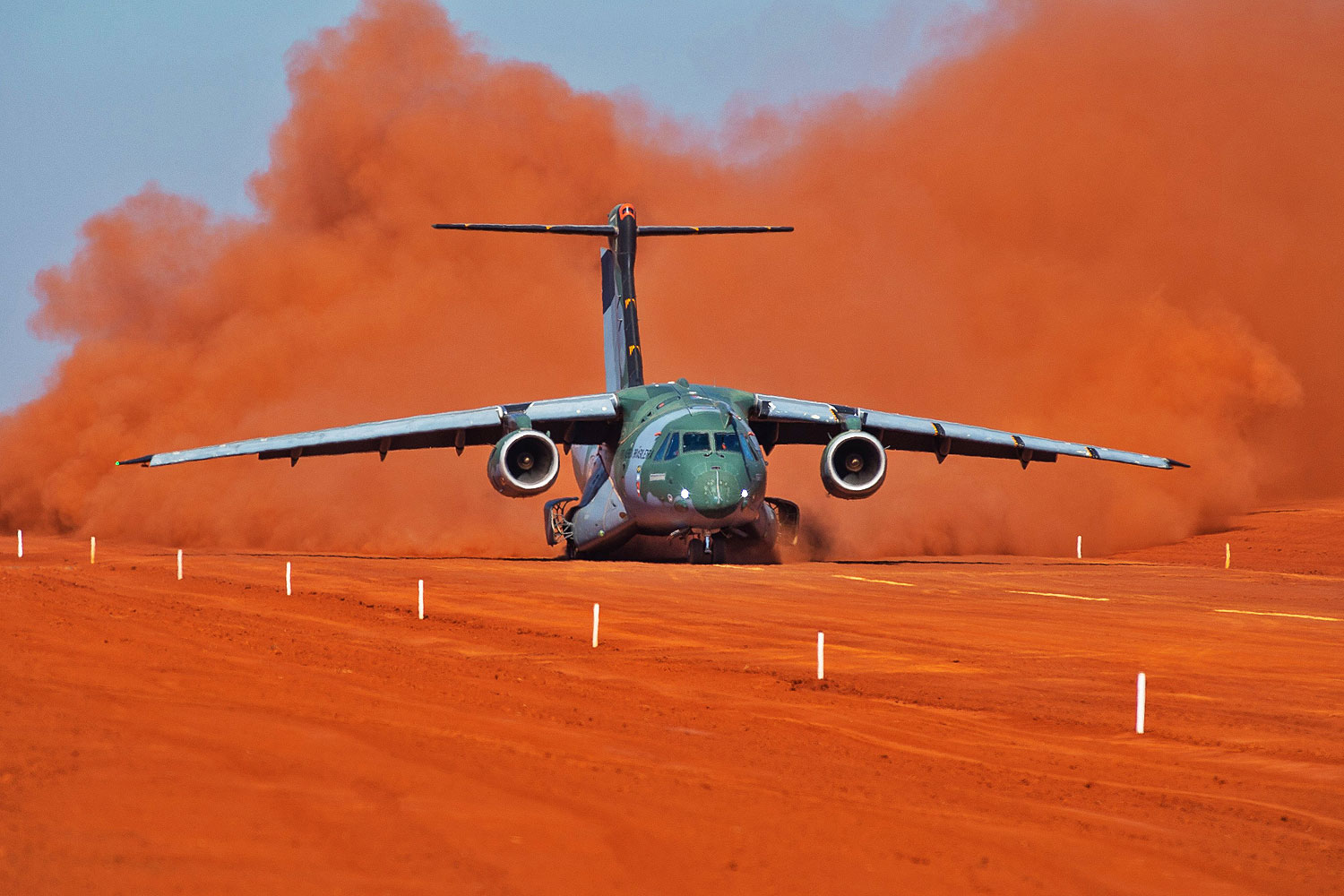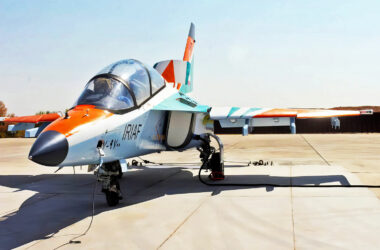Perhaps no other name is as associated with a fighter as “MiG”, an acronym for Mikoyan Gurevich, a Russian design bureau created in 1939.
Led by designers Artem Mikoyan and Mikhail Gurevich, the MiG enjoyed prestige with Soviet Union leaders thanks to fighters like the MiG-15, MiG-17 and MiG-21, which became tough opponents for Western aircraft during the Cold War.
MiG was also responsible for the MiG-25, a long-range interceptor capable of flying above Mach 3, and the less successful MiG-23, the variable-sweep wing fighter.
However, Mikoyan Gurevich would lose ground to rival bureau Sukhoi in the 1970s, until then responsible for less relevant combat aircraft in the Air Force.
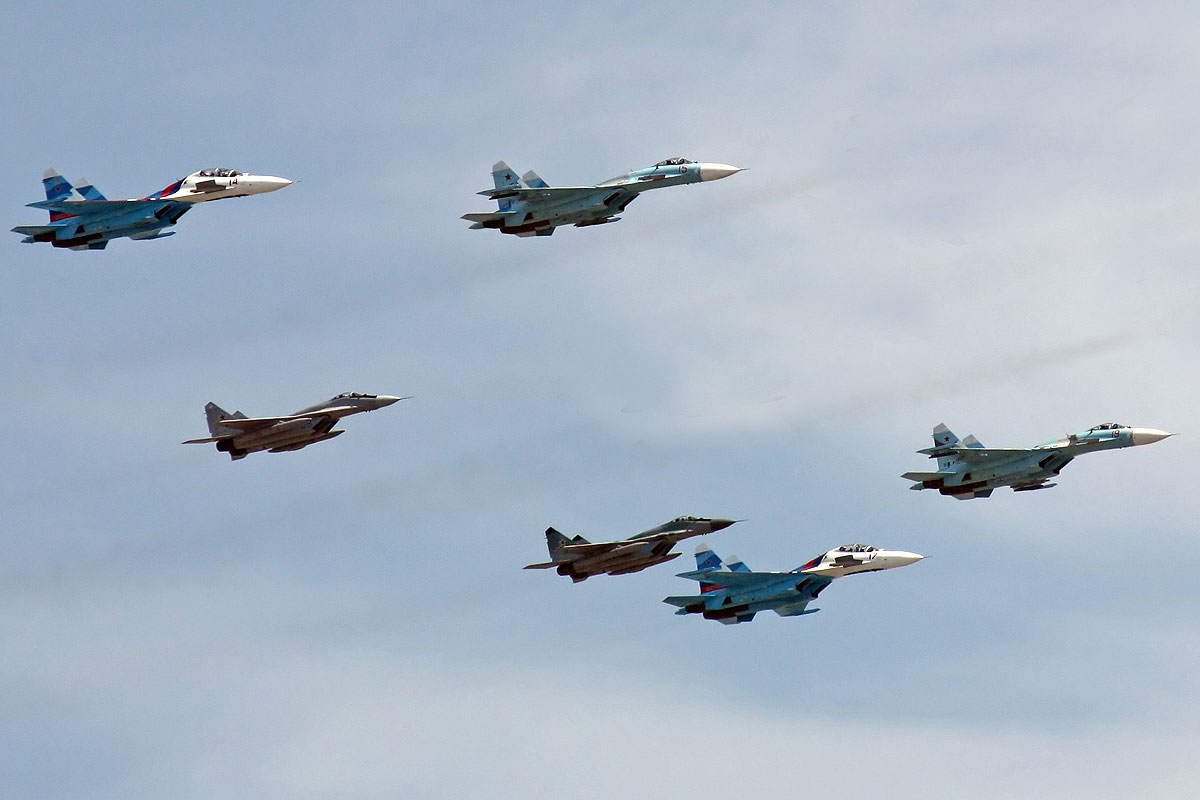
The advent of the MiG-29 and MiG-31 was not enough to overshadow the successful Su-27, a fighter that would become famous for its enormous capacity and versatility.
In the years that followed, MiG has played a smaller role even after the demise of the USSR in 1991. Becoming a company, the bureau still tried to recapture the shine of the past, but its earliest design, the MiG 1.44, was nothing more than a problematic prototype in years. 2000.
Since 1982, when it introduced the MiG-29, Mikoyan Gurevich has not launched any new fighter jets, despite trying for years to start production of the MiG-35, an advanced variant of the ‘Fulcrum’.

Models at MAKS 2021
Ironically, it is a derivative of the twin-engine canard fighter that emerged as one of the models presented by MiG at the MAKS 2021 Air Show this week.
Without a relevant aircraft to present to the public, it was left to the UAC division to expose some projects such as a shipborne aerial refueling drone, an advanced trainer and the ‘Perspective Multifunctional Shipborne Fighter’ concept , destined to be an aircraft to be used aboard the Russian aircraft carriers.
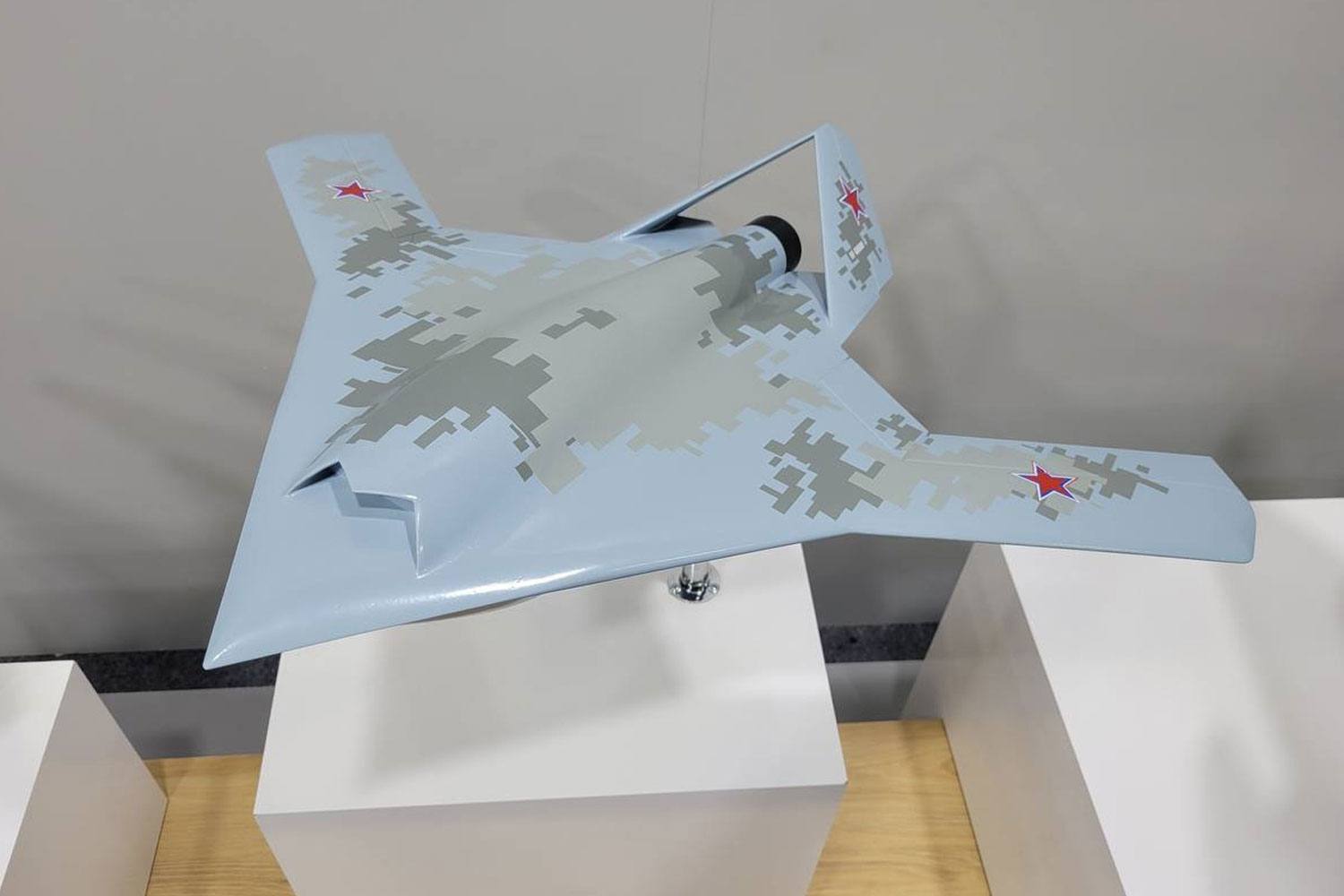
Although it is quite similar to the MiG 1.44, the new fighter features side air intakes thanks to the cockpit and nose positioned at the same height as the engines.
Not even TASS, the Russian state news agency, gave importance to the MiG, publishing only a short note without any perspective on the projects, unlike the massive coverage regarding the Su-75 “Checkmate”.
It has been said for several years that the bureau would be developing a large interceptor, informally called the MiG-41, which will replace the MiG-31 by the end of this decade, but the status of the program remains to be seen.
For a name that was synonymous with combat fighters in the past, it is certainly not enough.
